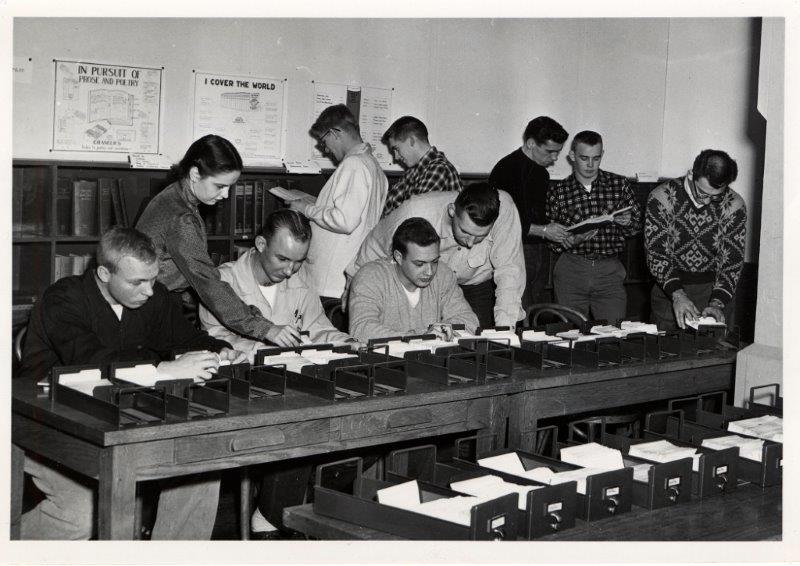
Illustrations! When did books lose their way and stop putting them in?
At one point in Victorian literature, they were MORE IMPORTANT than the story! Yes, stop rolling your eyes. You see, at first Dickens’ phenomenon-starting The Pickwick Papers, was intended as window dressing for illustrator Robert Seymour’s drawings. However, floored by Dickens’ incredible imagination and energy, Seymour found the story dominated the drawings. Unable to keep pace and already in a bad mental state, Seymour committed suicide after several chapters had been published.
Still, illustrations remained key to Dickens’ stories for the rest of his career. Soon afterward, “Boz” (Dickens’ pen name) hired Hablot K. Browne (“Phiz”), who illustrated his books for the next 24 years. The popular images of many of Dickens’ characters: Scrooge, Uriah Heep, Wackford Squeers, and more come from Phiz’s faithful drawings.
And what great art! Let’s look at a special one.
Enter Dombey and Son, Dickens’ career hinge-point novel.
“On the Dark Road” by Phiz, relating a night scene of the novel uniquely featured a pre-tinted plate out of which the scene was drawn, one of the earliest examples of this method.

Illustrations!
When you look at one so dark and exhilarating, don’t you want them back?
Come see “the Dark Plate” for yourself up in Special Collections and University Archives!















![A student using the card catalog, 1948. [location]](https://isuspecialcollections.files.wordpress.com/2015/04/student-at-card-catalog-1948.jpg?w=300)
 1927 (University Photographs, box 146)
1927 (University Photographs, box 146) Here’s a closeup of the 1927 image above. (University Photographs, box 146)
Here’s a closeup of the 1927 image above. (University Photographs, box 146) 1935 (University Photographs, box 146)
1935 (University Photographs, box 146) 1943 (University Photographs, box 146)
1943 (University Photographs, box 146) 1954/1955 (University Photographs, box 147)
1954/1955 (University Photographs, box 147)